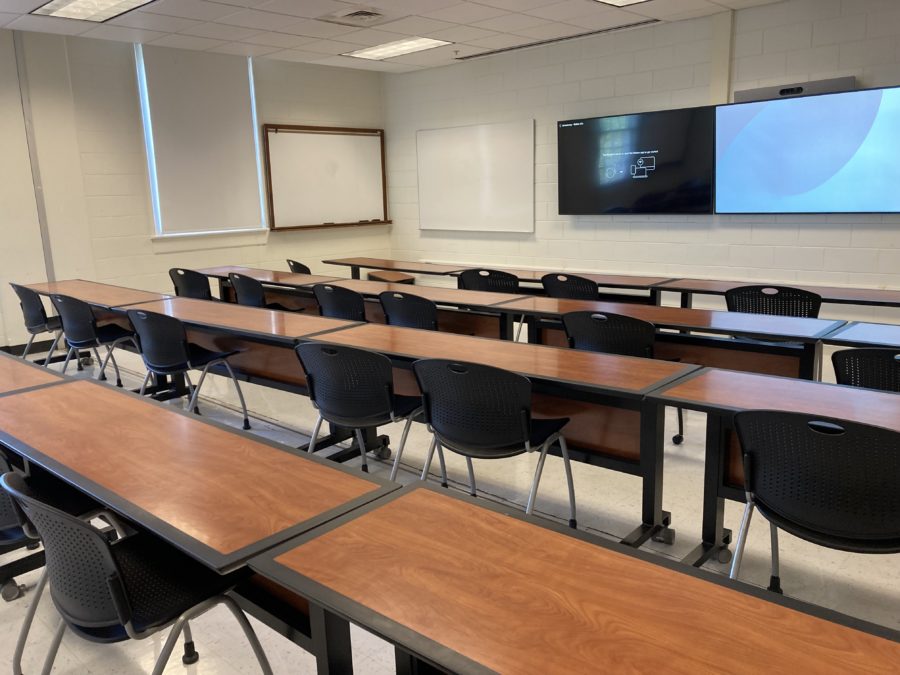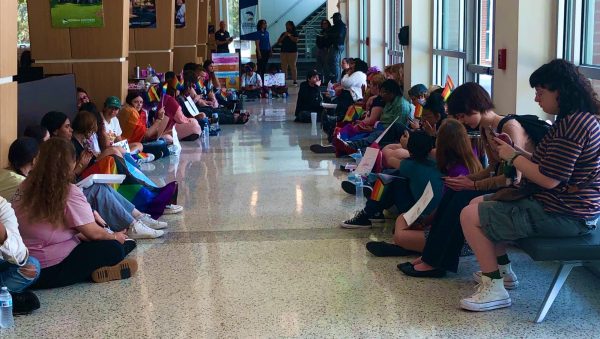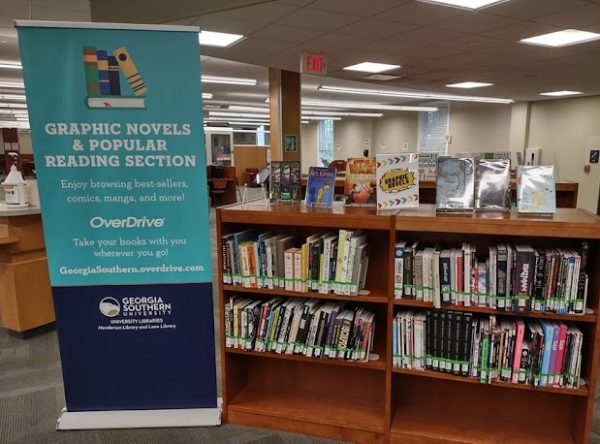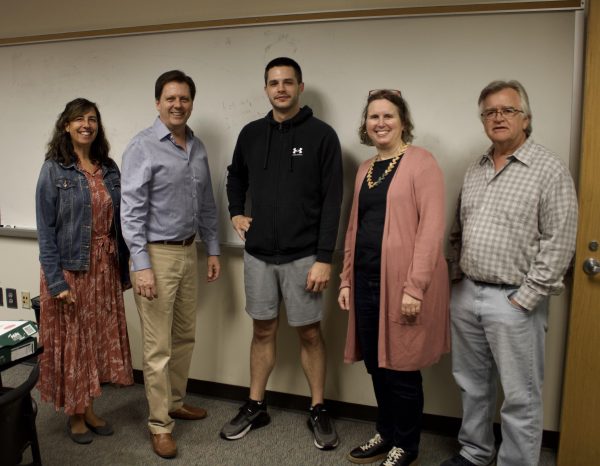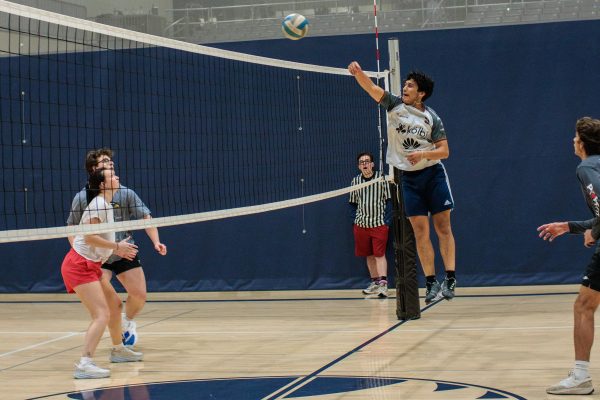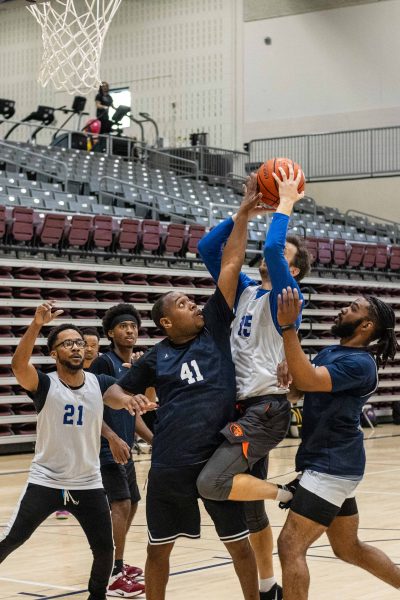Getting N Sync
Site Synchronous classroom
While a lot of universities stopped synchronous learning cold turkey, Georgia Southern University (GSU) is looking to build site-synchronous courses.
The GSU faculty senate sent a survey about site-synchronous courses to about 50 faculty members. Of the 34 responses, about one-third carried a negative tone. The exact survey numbers are on pages 89 through 92, of the Faculty Senate Agenda.
16 members of the faculty reported having no training in site synchronous rooms. Every classroom has technology that works differently from the others. Professors troubleshoot technology issues live in front of students, cutting into class time.
Dr. Elizabeth Desnoyers-Colas, a full-time GSU professor in communication studies, has experienced troubleshooting technical issues live in front of students. Dr. Colas mentioned she has had to run down the hallway multiple times to find an IT person to help troubleshoot audio issues.
Dr. Colas expressed that when professors do not know how to troubleshoot tech issues, it gives students the perception the professor does not know what they’re doing.
The IT department is not to blame for tech issues. Professors are not to blame for tech issues. Numerous faculty members voiced in the site synchronous survey that a troubleshooting course would be beneficial for faculty struggling with classroom technology.
“Give us what we need, when we need it, and I believe we can do the best. But don’t put a lot of pressure on faculty. Particularly our junior faculty members on making all of these wonderful programs… We learned how to teach people face-to-face…We’re picking up these skills. We’re learning this, and you need to give us a break.” stated Dr. Colas.
Another ongoing issue is getting students who are not in the same room as the professor to engage in discussions.
Larissa Mori, a freshman majoring in interdisciplinary studies, shares her experience taking foreign language classes through a site synchronous structure.
“I can notice that the kids that chose to take the class in person are more willing to take the time to speak and put in the work. Versus the students that are on zoom, they typically don’t answer the questions. I think there’s a really big disconnect with the teachers and it’s not very beneficial,” Mori shared.
The attitude students come to site synchronous classes with matters. Dr. Colas said students have to treat it like a regular classroom.
Engage with classmates on the other side. Engage with the professor like they are in the room. Those are people, not pixels.


